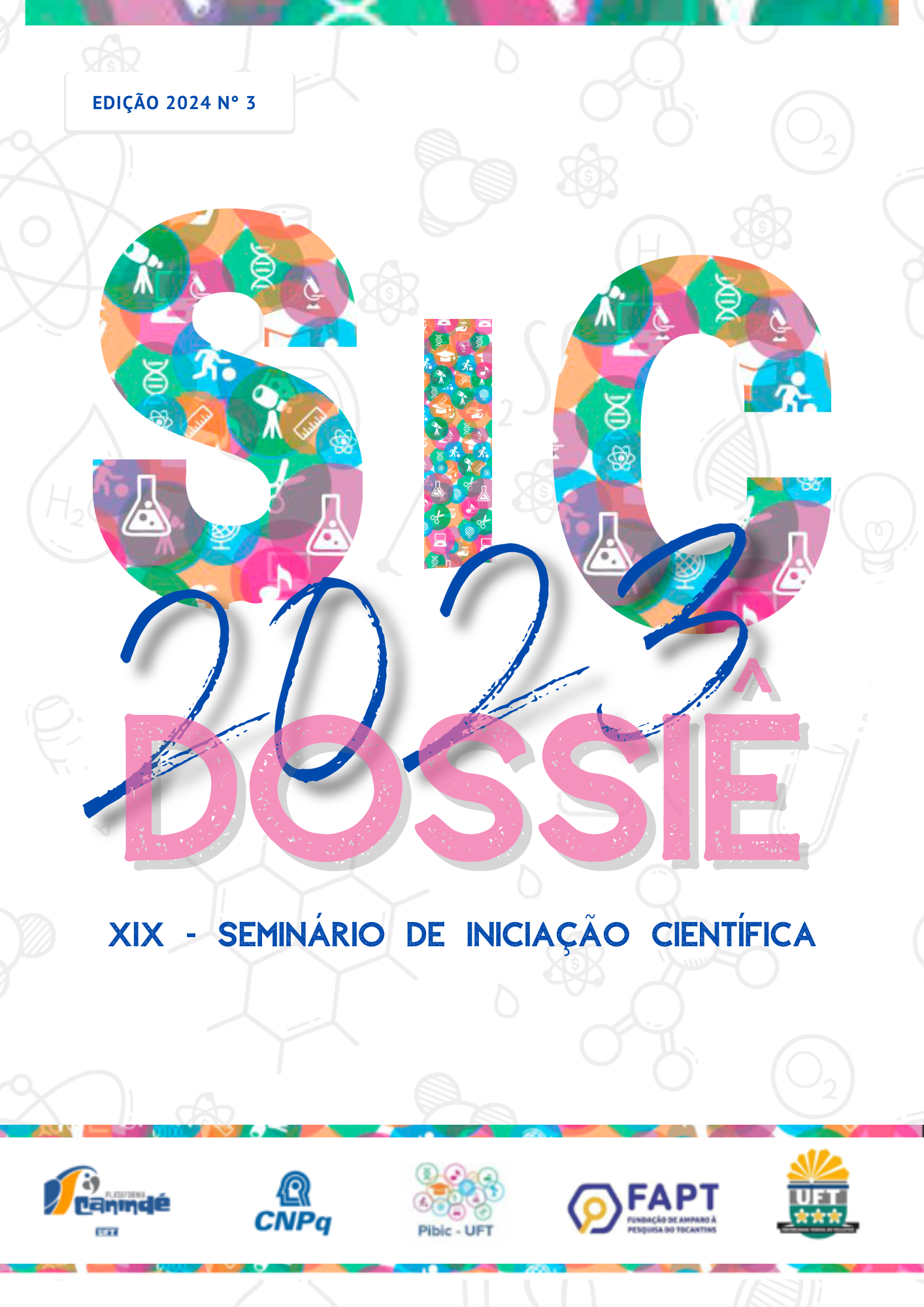IMMOBILIZATION OF A MICROBIAL FRUCTOSYLTRANSFERASE ON BIOCHAR AND BIOCHAR FUNCTIONALIZED WITH GLUTARALDEHYDE AIMING AT FRUCTOOLIGOSSACHARIDES PRODUCTION
DOI:
https://doi.org/10.20873/2024_v3_17Resumo
Fructooligosaccharides (FOS) are a group of carbohydrates that have fructose units, with a glucose molecule at the end. These are structures that can be found in a wide variety of vegetables, being also produced chemically by the enzymatic transfructosylation reaction of sucrose. The present work aimed at the immobilization of the extracellular FTase enzyme from Aspergillus oryzae-IPT-301 on Eucalyptus biochar and Eucalyptus biochar functionalized with glutaraldehyde, for the enzymatic conversion of sucrose into FOS. Immobilization and reuse tests were carried out and immobilization yield and recovered activity calculated. The immobilization yield (IY) and recovered activity (RA) of the FTase immobilized on biochar were, 10.92% and 77.67%, respectively. The IY and RA of the FTase immobilized on the functionalized biochar were, 22.44% and 96.51%, respectively. The enzyme immobilized on functionalized biochar demonstrated transfructosylation activity for more cycles than the enzyme immobilized on biochar. The use of glutaraldehyde allowed 48% of initial enzymatic activity in the third cycle. Analyzes were conducted up to the sixth cycle, however, only 7% of initial enzymatic activity was achieved in the final cycle. These results suggest that functionalized biochar stands out as a support material for FTase immobilization aiming at FOS production catalyzed on heterogeneous biocatalysts.
Downloads
Publicado
Como Citar
Edição
Seção
Licença
Copyright (c) 2024 Thais Feitosa da Silva, Kauã Marques de Oliveira, RAFAELA ROCHA PINTO, Larissa Santos Saraiva, Raquel Marchesan, Rafael Firmani Perna, Sergio Andres Villalba Morales, Michelle da Cunha Abreu Xavier

Este trabalho está licenciado sob uma licença Creative Commons Attribution-NonCommercial 4.0 International License.
Autores que publicam nesta revista concordam com os seguintes termos:
1. Autores mantém os direitos autorais e concedem à revista o direito de primeira publicação, com o trabalho simultaneamente licenciado sob a Creative Commons Attribution License (CC BY-NC 4.0), permitindo o compartilhamento do trabalho com reconhecimento da autoria do trabalho e publicação inicial nesta revista.
2. Autores têm autorização para assumir contratos adicionais separadamente, para distribuição não-exclusiva da versão do trabalho publicada nesta revista (ex.: publicar em repositório institucional ou como capítulo de livro), com reconhecimento de autoria e publicação inicial nesta revista.
3. Autores têm permissão e são estimulados a publicar e distribuir seu trabalho online (ex.: em repositórios institucionais ou na sua página pessoal) a qualquer ponto posterior ao processo editorial.
4. Além disso, o AUTOR é informado e consente com a revista que, portanto, seu artigo pode ser incorporado pela DESAFIOS em bases e sistemas de informação científica existentes (indexadores e bancos de dados atuais) ou a existir no futuro (indexadores e bancos de dados futuros), nas condições definidas por este último em todos os momentos, que envolverá, pelo menos, a possibilidade de que os titulares desses bancos de dados possam executar as seguintes ações sobre o artigo:
a. Reproduzir, transmitir e distribuir o artigo, no todo ou em parte sob qualquer forma ou meio de transmissão eletrônica existente ou desenvolvida no futuro, incluindo a transmissão eletrônica para fins de pesquisa, visualização e impressão;
b. Reproduzir e distribuir, no todo ou em parte, o artigo na impressão.
c. Capacidade de traduzir certas partes do artigo.
d. Extrair figuras, tabelas, ilustrações e outros objetos gráficos e capturar metadados, legendas e artigo relacionado para fins de pesquisa, visualização e impressão.
e. Transmissão, distribuição e reprodução por agentes ou autorizada pelos proprietários de distribuidoras de bases de dados.
f. A preparação de citações bibliográficas, sumários e índices e referências de captura relacionados de partes selecionadas do artigo.
g. Digitalizar e / ou armazenar imagens e texto de artigo eletrônico.


